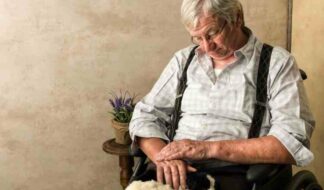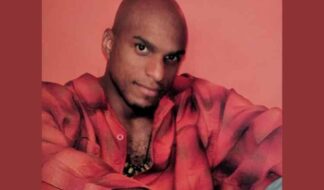Unions, weddings, ceremonies, celebrations uniting same-sex couples are not uncommon in the ancient world. Written records in Ancient Egypt, Babylonia, Persia, India, Greece, Rome tell of honored pairing of important, regal, occasionally commoner personages.
One well-known example of many — perhaps not the most auspicious — is Emperor Nero, who during his notorious 14-year reign was wed on three separate occasions to male paramours. (Rightwing gossip mongers take note: Caligula, another emperor, in a moment of demonic perversity, wed his horse.)
Same-sex sanctioned commitments continued unmolested until Christianity became the official religion of the Roman Empire. A variety of laws passed in the third and fourth centuries made homosexual acts illegal.
In spite of such prohibition there are instances of same-sex commitments among church clerics, priests, various order brethren during early and later centuries of growth of the expanding Christian Faith. (Whether such commitments were spiritual, celibate, rather than intimate, physical is conjecture, perhaps wishful thinking.)
In 1994, a book by College of William & Mary medieval philologist, John Eastburn Boswell, brought the topic of Church-sanctioned same-sex blessings or, possibly, marriages to the forefront for discussion among progressive theologians, laypersons and — gay damnation! — conservative theology detractors.
Boswell's groundbreaker is "The Marriage of Likeness: Same-Sex Unions in Pre-Modern Europe" (New York: Villard Press.) An earlier scholarly bombshell of his, "The Kindness of Strangers: Child Abandonment in Western Europe from Late Antiquity to the Renaissance," was published in 1988.
"Marriage of Likeness" focuses specifically on a little-known Church ritual of blessing for same-sex partners. The ritual is called adelphopoiesis, Greek for "the making of brothers."
Boswell does offer the observation that the ritual perhaps was not a carnal one. But, even so, the very idea of such sanctioned blessing is viewed as anathema among the devout, even to this day.
According to Boswell there was even one such mass "gay wedding" about 200 years ago in the Archbasilica of St. John Lateran, the cathedral seat of the Pope as Bishop of Rome. And, as Boswell reveals there is to be found an icon of two saints so pledged one to the other, Sergius and Bacchus, at St. Catherine's Church, on — are you ready? — Mount Sinai.
Scholarly detractors claim the Koine Greek ritual is nothing more than one of bonding, a glorified way of creating "blood brothers" (without, one supposes, the pin pricking of fingers, followed by the mingling of red-blooded essence, in a slightly S/M nuanced sharing of chaste intent. Oh, my.)
A typical criticism is offered by scholar James Brundage, professor of history and law at the University of Kansas: "The mainstream reaction is that Boswell raised some interesting questions, but hadn't proved his case." Or, did he?
If nothing else, however, Boswell's ground-breaking book is responsible for opening up discussion of a topic that is Federal Supreme Court knock about. Nine years after Boswell's brave scholarly notoriety for himself and the subject, Massachusetts became the first state to legalize same-sex marriages in 2003. (Denmark was the first country in 1989.)
Boswell died on Christmas Eve, 1994, from AIDS-related causes. He was 47. In 2006, he was honored with full online resources as an LGBT History Month Icon.
Perhaps he is our first modern-day Apostle of Same-Sex Marriages. (Sts. Sergius and Bacchus, be praised!)









